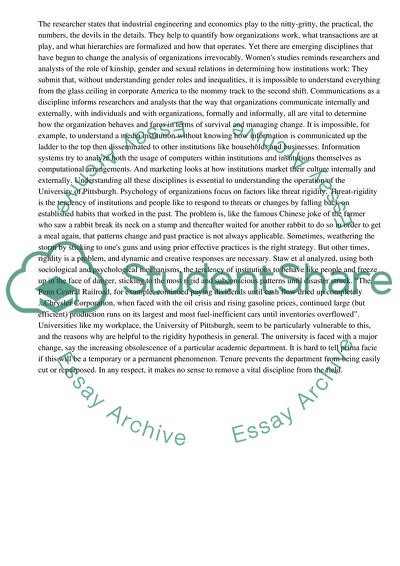Cite this document
(“Emerging Disciplines in Analyzing The University Workplace Research Paper”, n.d.)
Retrieved from https://studentshare.org/management/1409456-leadership-organizational-behavior
Retrieved from https://studentshare.org/management/1409456-leadership-organizational-behavior
(Emerging Disciplines in Analyzing The University Workplace Research Paper)
https://studentshare.org/management/1409456-leadership-organizational-behavior.
https://studentshare.org/management/1409456-leadership-organizational-behavior.
“Emerging Disciplines in Analyzing The University Workplace Research Paper”, n.d. https://studentshare.org/management/1409456-leadership-organizational-behavior.


